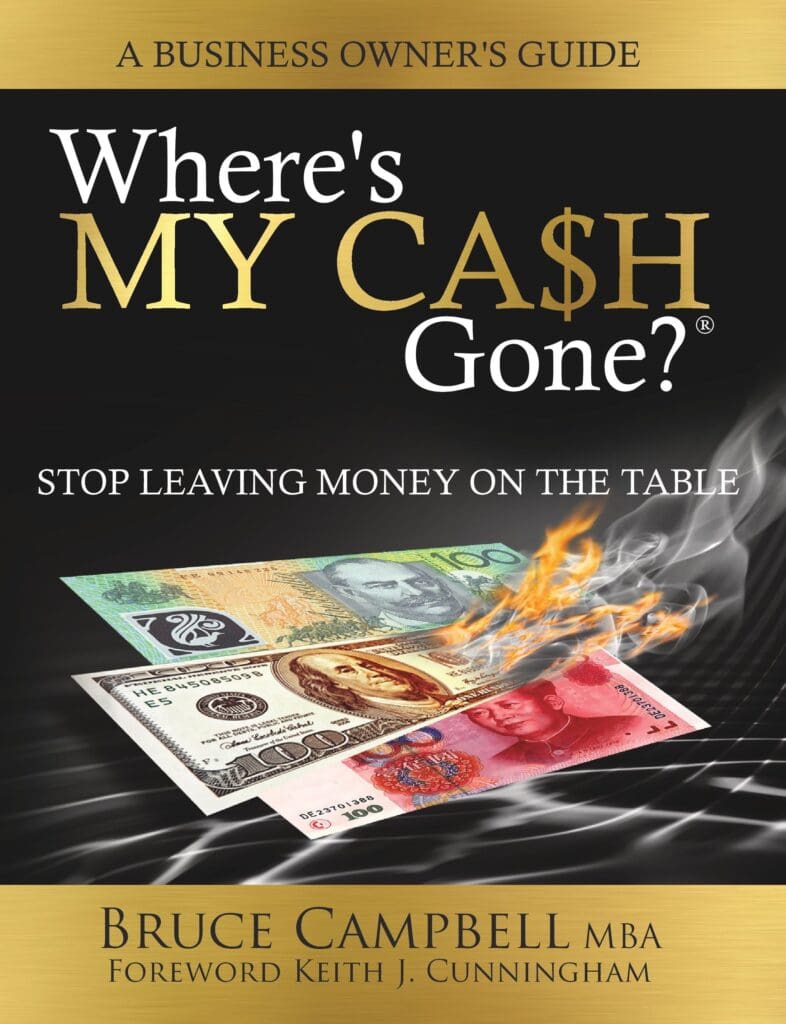Why Pricing Is One of the Fastest Ways to Grow Your Business
When business owners want to increase sales or margins, the first instinct is often to chase more customers or cut costs. But there’s a far more powerful—and often overlooked—leverage point hiding in plain sight:
Your pricing.
One of the fastest ways to boost profit and create immediate impact in your business is to strategically review and adjust your pricing. Yet for many, the thought of raising prices triggers fear.
“If I increase my prices, won’t I lose customers?”
“What if people stop buying?”
Let’s take a moment to remove the emotion—and look at the science behind price increases.
The Pricing Equation: It’s All in the Math
Let’s break this down with a simple example:
-
You sell a product for $100.
-
It costs you $80 to deliver, leaving you with $20 profit.
Now let’s apply a 10% price increase:
-
Your new selling price is $110.
-
Your cost remains at $80.
-
Your new profit? $30.
That’s a 50% increase in profit—just by adjusting your price by 10%.
Here’s Where It Gets Interesting…
With this new profit margin, you could actually lose up to 33% of your customers…
…and still make the same amount of money.
Let that sink in.
Raise prices by 10%
Lose 1 in 3 customers
Still break even on profit.
This is the kind of leverage smart business owners are looking for. It’s not about working harder—it’s about making smarter moves.
Let’s go one step further:
-
Sell at $120, with an $80 cost?
-
That’s $40 profit per sale.
You could lose half your customers—and still make the same money as before.
This is the hidden power of strategic pricing.
Use the Pricing Leverage Table (Available in EBS Client Only Portal)
There’s a full breakdown of this concept in the EBS Client Portal under the Pricing Strategy Tools section. It shows:
-
The impact of price increases (or decreases)
-
How different profit margins affect results
-
When you can afford to lose customers—and still win financially
Price Smarter, Not Just Higher
Here’s the good news: You don’t need to raise prices across the board.
In fact, we encourage you to:
-
Review your different product lines or service categories
-
Identify where you offer high value but may be undercharging
-
Test increases in specific areas where the perceived value is high
Even a small increase on one core offering can make a big impact on overall profit.


